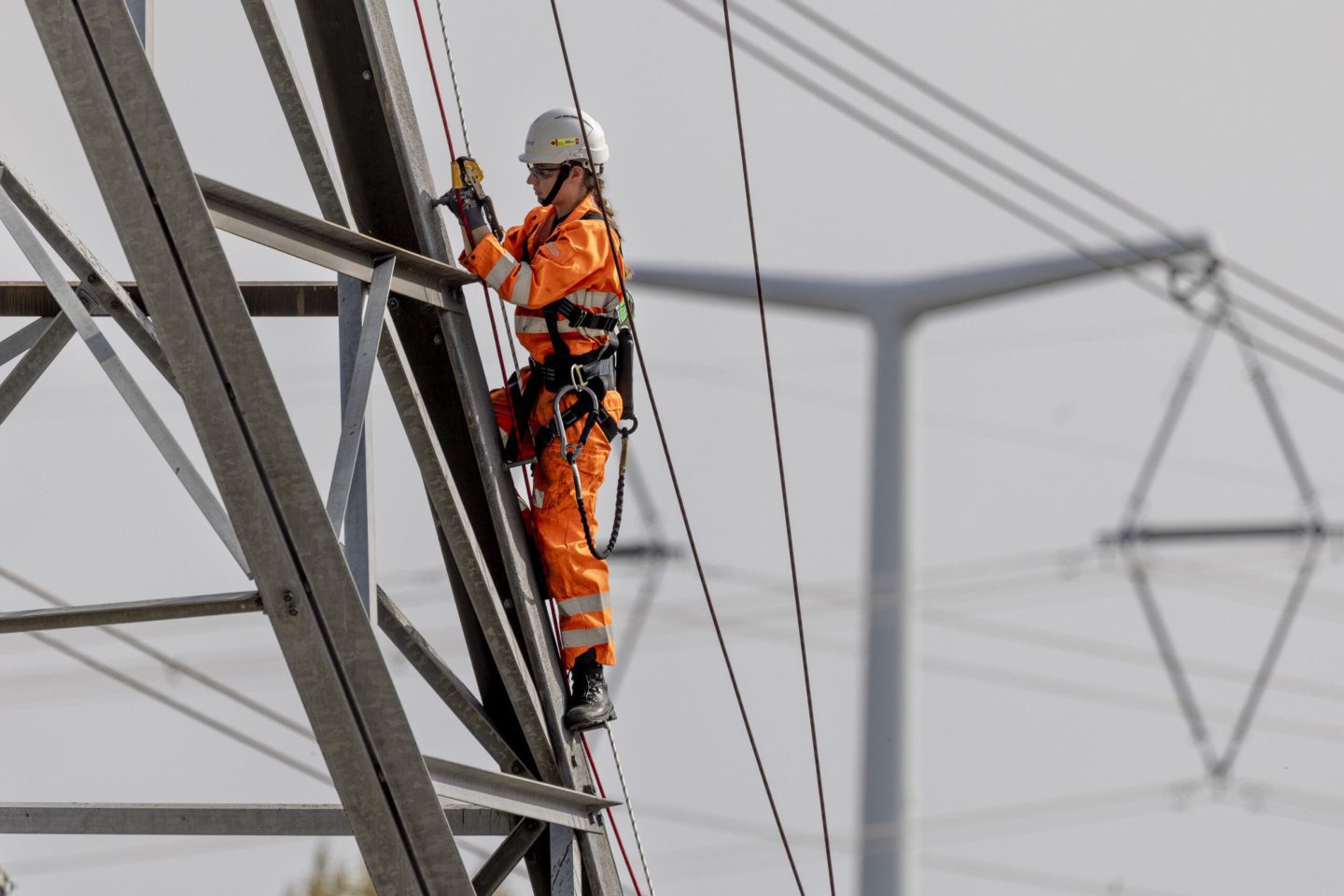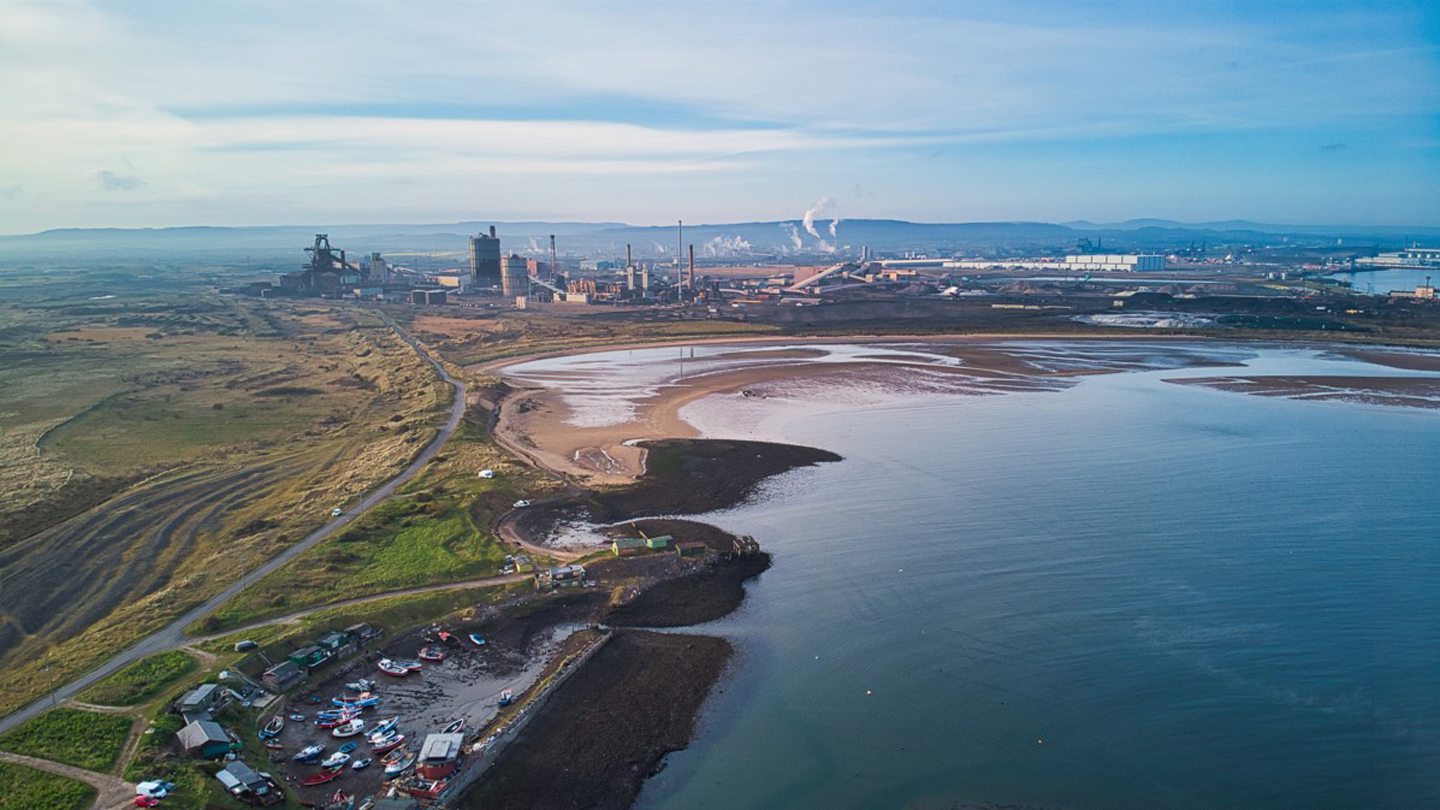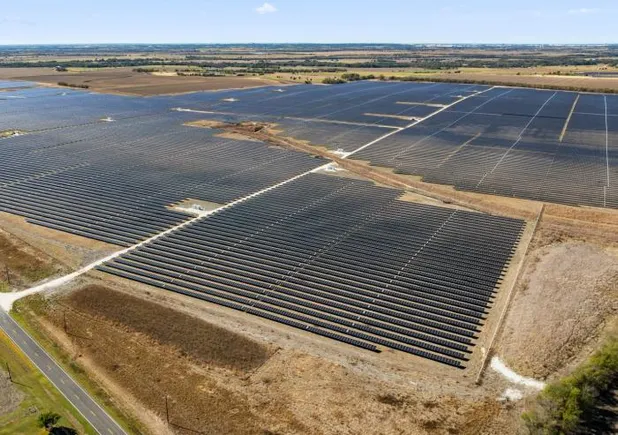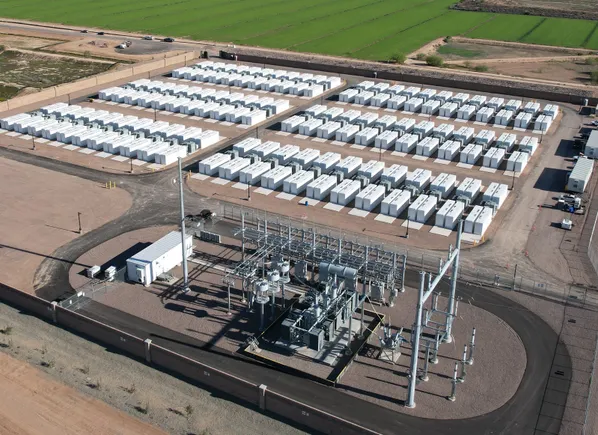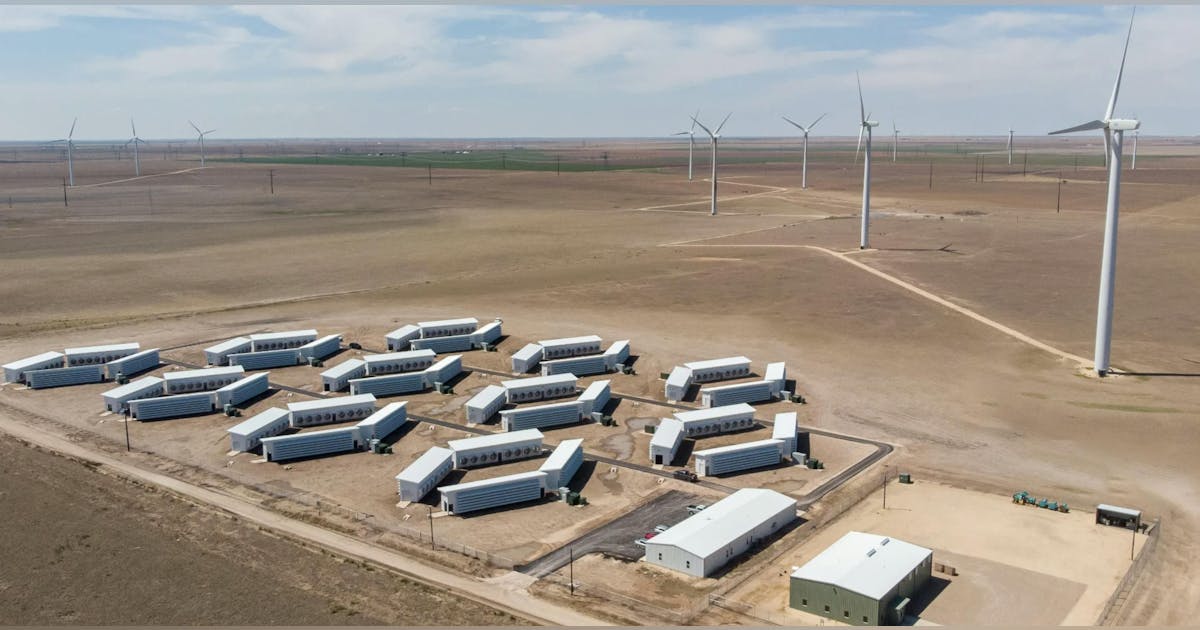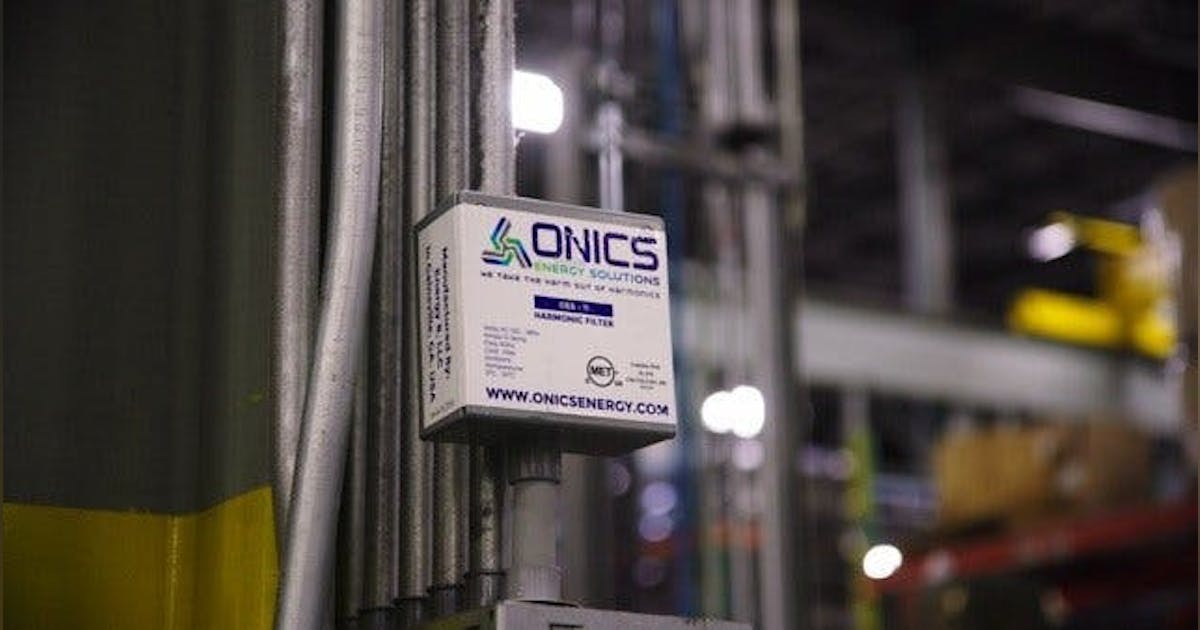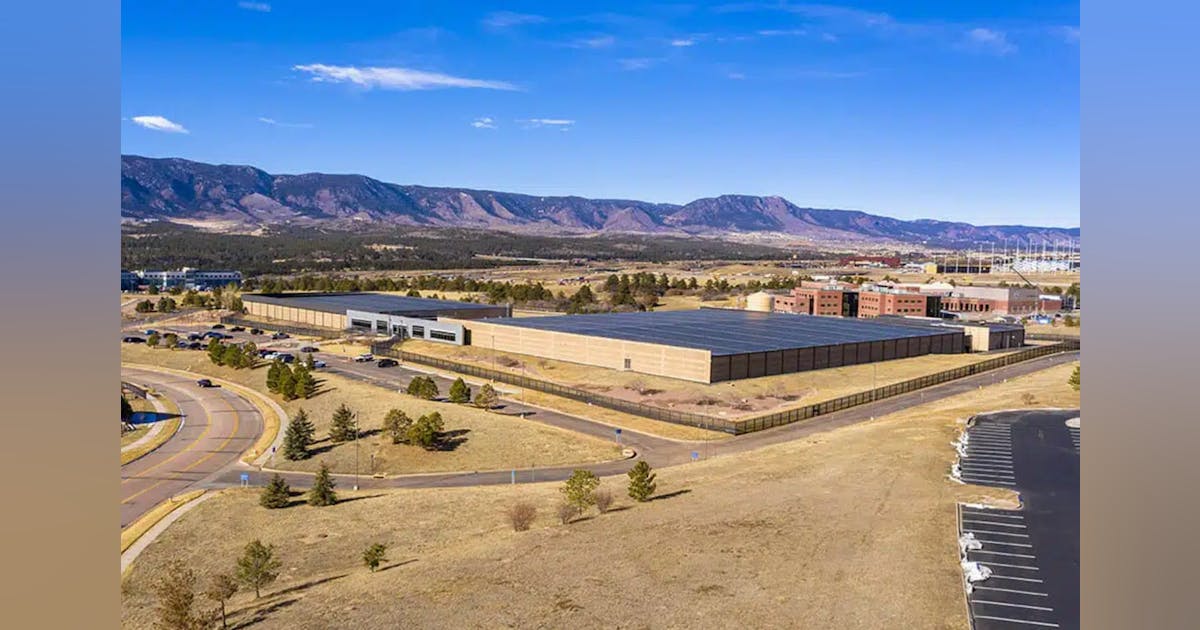
Latin American oil and gas firm GeoPark Limited has appointed Felipe Bayon as its new CEO and director, effective June 1.
Bayon succeeds Andres Ocampo, who is stepping down from the role due to personal reasons, the company said in a news release.
Bayon is recognized as one of the most effective energy executives in Latin America with more than three decades of accomplishments in the international oil and gas industry, GeoPark said.
From 2017 to 2023, Bayon was CEO of Bogota, Colombia-based Ecopetrol, where he led 18,000 employees, oversaw production of approximately 700,000 barrels of oil equivalent per day (boepd) and revenues of over $30 billion. He brought Ecopetrol into the unconventional Permian Basin in the USA in partnership with Occidental Petroleum—a project that grew from 0 to around 150,000 barrels per day (bpd) gross in four years, as well as into the Brazilian ultra-deep water pre-salt play in partnership with Shell, according to the release.
Bayon is a mechanical engineer who began his career in 1991 with Shell in field operations and projects and then moved to BP plc where he worked for 21 years. He also served as the CEO of Pan American Energy, one of the private hydrocarbon producers in Argentina, from 2005 to 2010. He has served on multiple boards across the energy, utilities, education, and technology sectors, GeoPark said.
Ocampo, who served as the company’s CEO for three years and CFO for more than eight years, will continue to support the company and ensure a seamless handover, GeoPark said.
Sylvia Escovar, Chair of GeoPark’s board said, “The board is very pleased to welcome Felipe Bayon to GeoPark. We believe he will be a catalyst to unlock the abundant opportunities in our region and drive us to transformational growth. Felipe is a true explorer, operator, and consolidator — in line with GeoPark’s founding vision — and is committed to taking us forward to achieve our long-term strategic goals and make GeoPark into a larger, stronger, and more successful Company. As he has done consistently in his career, we are confident Felipe will deliver exceptional value to our shareholders, employees, communities, and stakeholders”.
“Felipe brings deep, first-hand knowledge and experience of the assets, basins, markets, and players that shape our business across the regions where we operate, setting the stage for a smooth and swift transition. Most importantly, Felipe has the character, heart, and energy that will strengthen and enhance GeoPark’s unique culture of trust, respect, and teamwork across the organization — a key driver of our past success and our future promise,” Escovar added.
Bayón said, “I am excited and honored to join the GeoPark team and to have the opportunity to lead its long-term commitment to further expand its scale, capabilities, bottom-line results, and work to create the model for a successful international independent energy company of the future. There are significant opportunities, the support is strong, and the team is ready to run”.
To contact the author, email [email protected]
WHAT DO YOU THINK?
Generated by readers, the comments included herein do not reflect the views and opinions of Rigzone. All comments are subject to editorial review. Off-topic, inappropriate or insulting comments will be removed.
MORE FROM THIS AUTHOR






